Waterways revolution: a green, blue future economy
Pakistan fails to utilise canals network more efficiently despite huge cost benefits over road transport
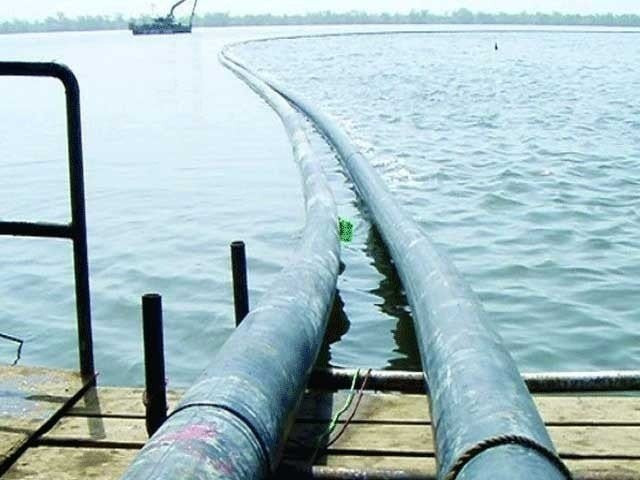
Pakistan is known for its best canals network spread over 57,000 km, bigger than the European Union’s canals network.
The United Kingdom has a 7,000km canals network with 250-years-old amazing river canals, providing support for promoting tourism and generating income for the UK economy.
The Inland Waterways Transport (IWT) had been developed in ancient times, when Nile was used to transport building material for the construction of pyramids. Many countries of the world are heavily using IWT between cities and countries to transport cargo due to its low freight cost and being environmentally friendly.
Diesel consumption on waterways for every 100 tons per kilometre is lower than that on rail and roads. India transports 126 million metric tons of cargo annually through its IWT. Pakistan built motorways with the help of external borrowing, but failed to generate the desired level of industrial activities over the past 30 years to earn dollars to pay back debt. Rather it suffered losses that pushed the National Highway Authority among the top loss-making public sector enterprises.
The net economic result of luxury rides on motorways is increased consumption of imported fuel – the highest dollar burning by a single commodity. Unfortunately, the economic benefit of motorways could not be fully achieved due to the lack of industries along the way but its land value has reached sky high. Transporters avoid using the motorways due to high toll charges and the hefty challans imposed by the Motorway Police.
Pakistan’s exports-to-GDP ratio has remained stagnant at 8-9% due to high inland transportation costs and now owing to highly expensive energy. Export growth can be boosted through low-cost energy and transport facilities. The use of multi-model transport is crucial to cut fuel imports, compete with regional peers by using IWT and make cheap goods transportation from farms to markets, mines to industries and ports.
Pakistan’s gross domestic product (GDP) has contracted to $340 billion, foreign currency reserves cover less than two months of imports and exports are estimated at around $30 billion for FY24. In contrast, India has a GDP of $3.7 trillion, foreign reserves at a record high of $642.49 billion as on March 22 and its merchandise exports may cross $450 billion in FY24.
India’s basic infrastructure is cost-efficient such as energy, communication and transportation of goods and people, which is a prerequisite for industrialisation and the use of indigenous hidden resources.
Water is being efficiently used and stored by India for irrigation, power generation and navigation since ages. India is reviving its watercourses but we are announcing the construction of more motorways in the current economic scenario where the country is facing an unsustainable debt crisis.
Read Pakistan wants ‘strict’ IWT implementation
Pakistan has not utilised its river canals network more efficiently despite a huge cost benefit over the traditional road transport. None of the past governments showed interest in developing waterways and they were more inclined towards populous megaprojects. For years, traders and industrialists have been anxiously looking for the cheapest mode of transportation and energy.
The shrinking GDP reflects Pakistan’s cost-inefficient transportation and energy infrastructure, leading to more fuel consumption and CO2 emissions.
Pakistan’s canals network can be transformed into waterways for irrigation, navigation and hydel power generation through small turbines. It will help the country to reduce oil imports and rely less on external borrowing by utilising local investments and resources. Public and private partnerships (PPP) are vital to scale up the use of inland waterways for transportation and to integrate with shipping ports.
Lahore can start a canal project within the city for commuters and tourism. Provinces through tapping the PPP model and the federal government under the Special Investment Facilitation Council (SIFC) umbrella and Green Pakistan Initiative may embark on a “green and blue future economy” to connect rural population and for the transportation of commodities and people. The prosperity of rural areas can create new jobs through IWT, businesses and tourism, which will add value to Pakistan’s economy. The motorcycle industry can start manufacturing water scooters and flat-base boats.
Of the 57,000km canals network, 5,000 km comprises large canals that link up with Chenab and Jhelum Rivers and most importantly the Indus River, which can be used for navigation with little infrastructure cost.
If at suitable points, warehouses for agro-based industries are constructed, it can enable a huge alternative trade in goods and transportation of people at a low cost. A huge new ecosystem can emerge from the already existing network of canals.
Rural employment generation can be an added benefit. National waterways from Attock to Sukkur and Balochistan can transport goods and people.
Pakistan is experiencing a decline in the Global Competitiveness Index as it was ranked 110th in 2019 but stood at 133rd place out of 148 countries in 2023.
We need to make our goods cost-competitive globally. The high inland transportation cost is one of the major impediments to the increase in exports. Transportation from the origin of goods to markets and ports heavily depends on roads. Pakistan has a 9,600km national highways and motorways network while 3.65% of the total roads network carries 80% of the traffic.
The dependence on roads was 8% in 1947, but now it has increased to 96% for goods and 90% for passengers.
Despite having one of the best and cheapest modes of transportation, which is environmentally friendly as well, its potential has not been harnessed until now because of a lack of interest on the part of decision-makers.
The developed world has started restricting imports by using environment-related NTBs for CO2 emissions.
Promoting a shift in model away from road transport to IWT can ensure that we avoid such restrictions, take advantage of safety benefits and minimise the use of small, medium and heavy vehicles, which are responsible for traffic accidents. There is a need to change the mindset of the political leadership as well as regulators. The SIFC can play a vital role to make them realise that waterways are an eco-friendly solution that helps reduce road congestion, cut fuel demand and bring down inflation.
Unfortunately, Pakistan has remained heavily dependent on imported fuel – the most expensive way for road transport. This model has blocked avenues of prosperity through export growth, and promoted borrowing and consumption-led growth.
The SIFC is proactively working to attract foreign and local investors. As a result, the transportation load will increase on roads, resulting in more consumption of the imported fuel.
The council can persuade local investors to convert canals into navigation channels and create “inland waterways” under the Ministry of Maritime Affairs. Canals network already exists in the country, what is required is the construction of a water locks and boat dredging system to save billions of dollars in fuel imports annually.
The writer is a commodities connoisseur and former vice president of KCCI
Published in The Express Tribune, April 8th, 2024.
Like Business on Facebook, follow @TribuneBiz on Twitter to stay informed and join in the conversation.




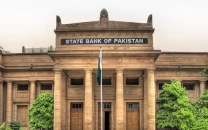

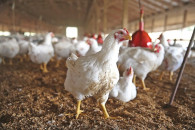



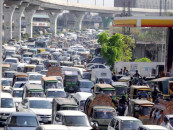
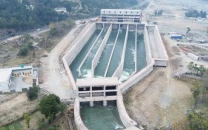







COMMENTS
Comments are moderated and generally will be posted if they are on-topic and not abusive.
For more information, please see our Comments FAQ